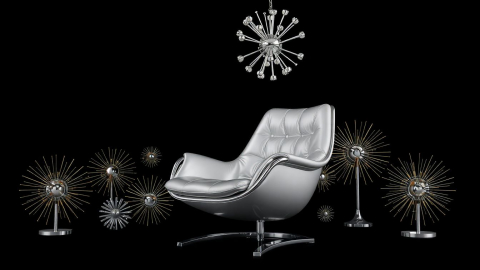Biophilic Interior Design: Nurturing the Human-Nature Connection in Modern Spaces
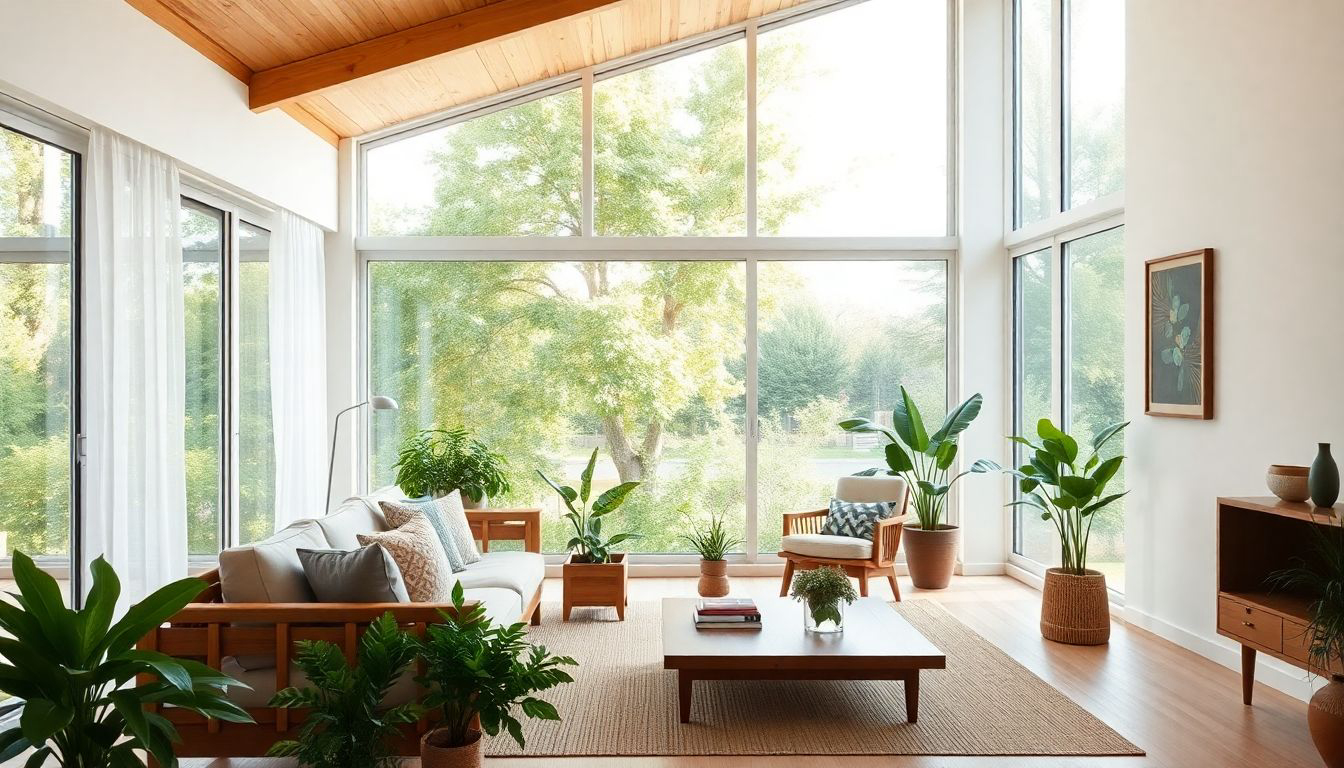
In an increasingly urbanized world, where concrete jungles dominate our landscapes, a profound shift is taking place in the realm of interior design. Biophilic design, a concept that seeks to reconnect humans with nature within built environments, is rapidly gaining traction. This innovative approach goes beyond mere aesthetics, tapping into our innate biological connection to the natural world to create spaces that enhance well-being, productivity, and overall quality of life. As we spend up to 90% of our time indoors, the importance of bringing nature into our living and working spaces has never been more critical.
The Essence of Biophilic Design
At its core, biophilic design is about creating environments that nurture the human-nature connection. This design philosophy recognizes that throughout human history, we have evolved in response to natural surroundings, making nature an essential component of our physical and mental well-being. Biophilic design principles aim to address what E.O. Wilson termed 'biophilia' – our inherent need to affiliate with other forms of life.
Key Elements of Biophilic Design
- Natural Light and Views: Maximizing natural light and providing views of nature are fundamental to biophilic design. Large windows, skylights, and glass doors not only illuminate spaces but also create visual connections to the outside world.
2. Incorporation of Natural Materials: The use of wood, stone, and other natural materials brings the textures and essence of nature indoors, creating a sense of authenticity and warmth.
- Living Elements: Plants, green walls, and indoor gardens are perhaps the most direct way to introduce nature into interior spaces, improving air quality and creating a vibrant, living atmosphere.
4. Water Features: The sound and sight of water, whether through fountains, ponds, or even digital representations, can have a calming effect on occupants.
- Natural Patterns and Forms: Biomimicry in design elements, such as furniture with organic shapes or textiles with nature-inspired patterns, can evoke a sense of connection to natural environments.
The Science Behind Biophilic Design
Research has shown that biophilic design can have significant positive impacts on human health and well-being. According to a study cited by Terrapin Bright Green, exposure to natural elements in work environments can lead to a 15% increase in well-being and creativity, and a 6% increase in productivity. These benefits extend beyond the workplace, with biophilic design in homes contributing to reduced stress levels, improved sleep patterns, and enhanced overall health.
"Learning to design in ways that can reduce stress and improve quality of life has become a moral issue in design," says Susie Teal, senior associate at COOKFOX Architects.
This statement underscores the growing recognition among design professionals of their responsibility to create environments that actively contribute to human health and well-being.
Biophilic Design in Practice
Urban Oases: Bringing Nature to City Dwellers
In dense urban environments, where access to nature is limited, biophilic design becomes even more crucial. Innovative projects like Amazon's Spheres in Seattle showcase how biophilic principles can be applied on a grand scale. These glass domes house over 40,000 plants from around the world, creating a lush, tropical environment in the heart of the city. While not every project can be as ambitious, the principles applied in the Spheres can inspire smaller-scale implementations in urban homes and offices.
Workspace Revolution
The corporate world is increasingly recognizing the value of biophilic design in enhancing employee well-being and productivity. Companies are reimagining office spaces to include more natural light, green walls, and even indoor parks. For instance, the CapitaSpring skyscraper in Singapore, designed by BIG-Bjarke Ingels Group and CRA-Carlo Ratti Associati, incorporates a veritable natural oasis of over 80,000 plants distributed throughout the building, creating a harmonious blend of nature and architecture.
Residential Retreats
In the home environment, biophilic design principles are being applied to create tranquil, restorative spaces. From the integration of indoor gardens to the use of natural materials like wood and stone, homeowners are seeking ways to bring the outdoors in. The Greenary, a residential project in Italy designed by Carlo Ratti Associati, takes this concept to the extreme by centering the living space around a 10-meter-tall Ficus tree, blurring the lines between indoor and outdoor living.
Challenges and Considerations
While the benefits of biophilic design are clear, implementing these principles comes with its own set of challenges. Cost considerations, maintenance requirements for living elements, and the need for specialized knowledge in integrating natural systems into buildings can be barriers to widespread adoption. Additionally, there's a risk of 'greenwashing' – superficial applications of biophilic elements without truly embracing the underlying philosophy.
To address these challenges, designers and architects must approach biophilic design holistically, considering not just the aesthetic aspects but also the functional and long-term implications of their choices. This might involve collaborating with botanists, environmental psychologists, and sustainability experts to create truly integrated biophilic spaces.
The Future of Biophilic Design
As we look to the future, biophilic design is poised to play an increasingly important role in shaping our built environments. Several trends are likely to emerge:
- Technology Integration: The use of smart systems to manage living walls, optimize natural light, and create dynamic, responsive environments that mimic natural cycles.
2. Localized Approaches: A growing emphasis on incorporating local ecosystems and native species into biophilic design, creating spaces that are not only nature-inspired but also ecologically relevant to their location.
- Biophilic Urban Planning: Extending biophilic principles beyond individual buildings to entire neighborhoods and cities, creating interconnected green spaces and nature corridors.
4. Health-Centric Design: An increased focus on quantifying and optimizing the health benefits of biophilic design, potentially leading to new standards and certifications in the building industry.
Conclusion: A Return to Our Roots
Biophilic interior design represents more than just a trend; it's a fundamental shift in how we think about our relationship with the built environment. By reconnecting with nature in our homes, offices, and public spaces, we're not just creating more beautiful interiors – we're nurturing our innate biological need for natural connection.
As we continue to navigate the challenges of urbanization and climate change, biophilic design offers a path forward that harmonizes human needs with environmental stewardship. It reminds us that in the pursuit of progress, we need not lose touch with the natural world that has shaped us for millennia. Instead, by bringing nature into our built environments, we can create spaces that are not only sustainable and beautiful but also deeply restorative and life-affirming.
The future of interior design lies not in further separation from nature, but in a thoughtful, innovative integration that celebrates our place within the natural world. As we embrace biophilic design principles, we open the door to healthier, happier, and more connected lives – one space at a time.
Further Reading and Resources
- "14 Patterns of Biophilic Design" by Terrapin Bright Green
- "Biophilic Design: The Theory, Science and Practice of Bringing Buildings to Life" edited by Stephen R. Kellert, Judith Heerwagen, and Martin Mador
- "The Practice of Biophilic Design" by Stephen R. Kellert and Elizabeth F. Calabrese
- "Biophilia" by E.O. Wilson
- International Living Future Institute's Biophilic Design Initiative (www.living-future.org/biophilic-design)
More Articles
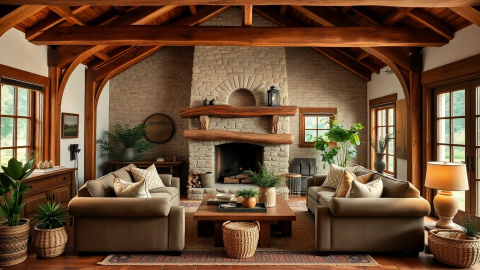
Farmhouse Interior Design: Blending Rustic Charm with Modern Comfort
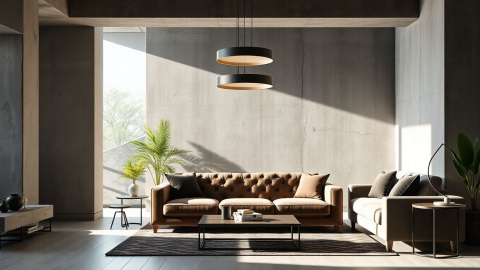
Brutalist Interior Design: From Concrete Jungle to Cozy Haven
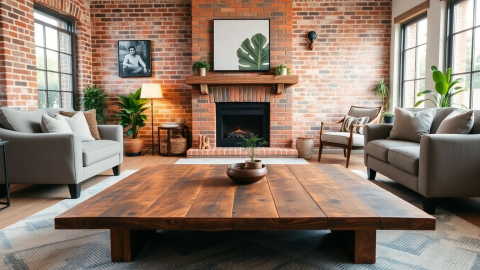
Embracing the Warmth of Rustic Interior Design: A Modern Approach
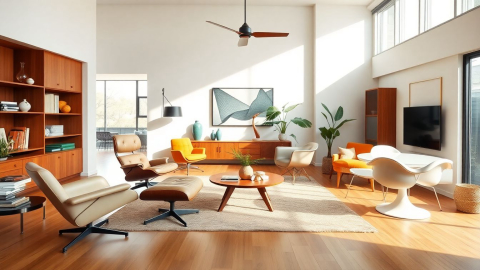
The Timeless Allure of Mid-Century Modern Interior Design: A Comprehensive Guide
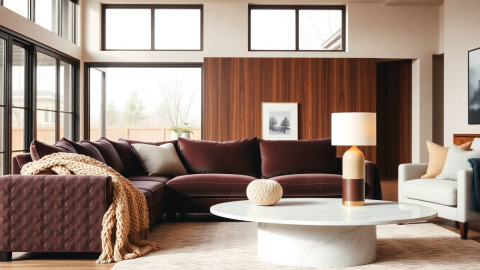
Living Room Interior Design Trends 2024: A Bold New Era of Comfort and Style
